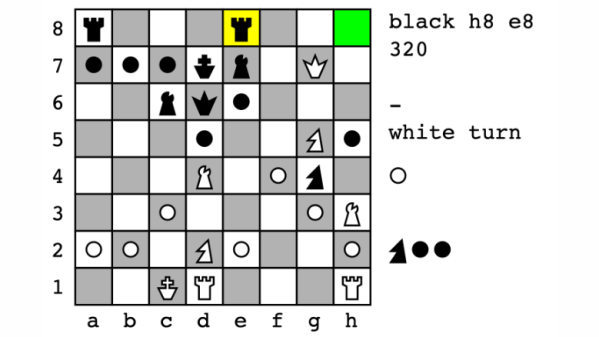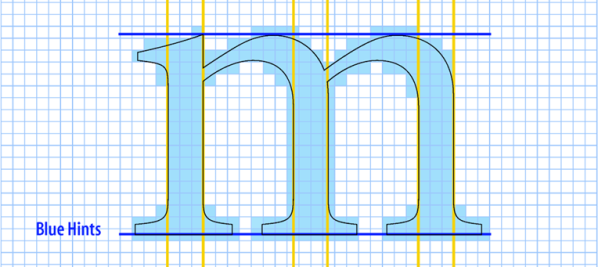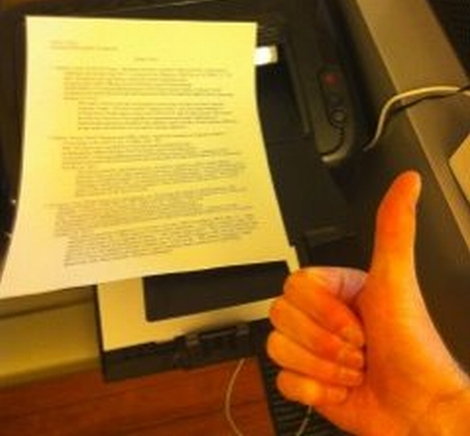There was a time when each and every printer and typesetter had its own quirky language. If you had a wordprocessor from a particular company, it worked with the printers from that company, and that was it. That was the situation in the 1970s when some engineers at Xerox Parc — a great place for innovation but a spotty track record for commercialization — realized there should be a better answer.
That answer would be Interpress, a language for controlling Xerox laser printers. Keep in mind that in 1980, a laser printer could run anywhere from $10,000 to $100,000 and was a serious investment. John Warnock and his boss, Chuck Geschke, tried for two years to commercialize Interpress. They failed.
So the two formed a company: Adobe. You’ve heard of them? They started out with the idea of making laser printers, but eventually realized it would be a better idea to sell technology into other people’s laser printers and that’s where we get PostScript.
















